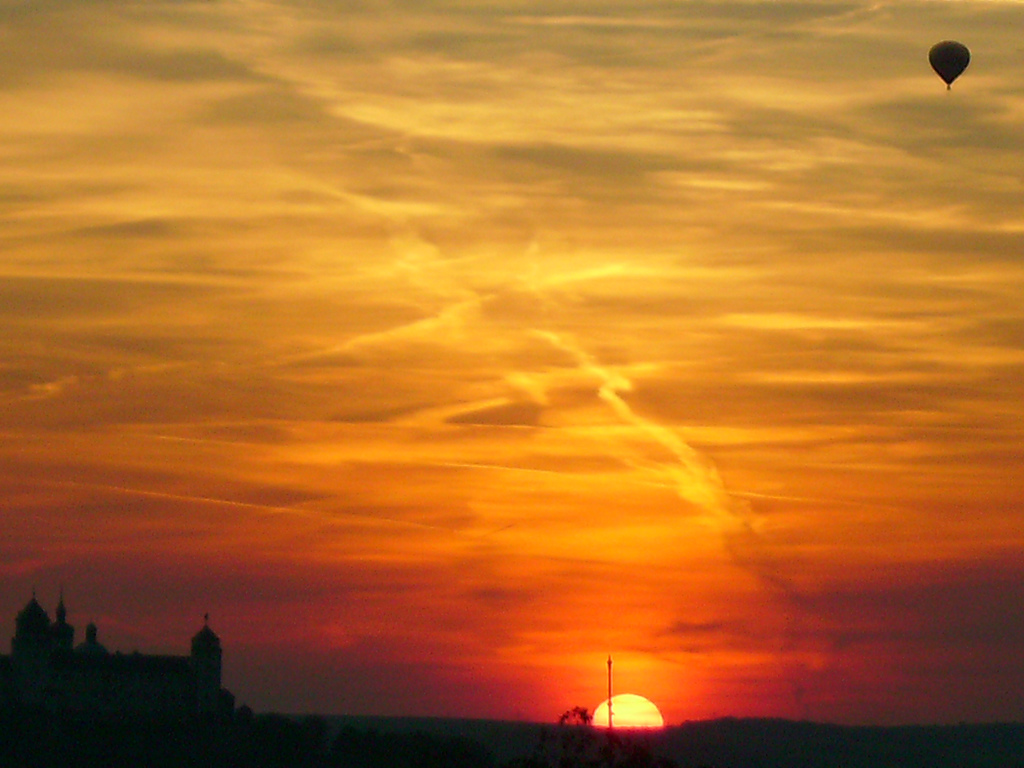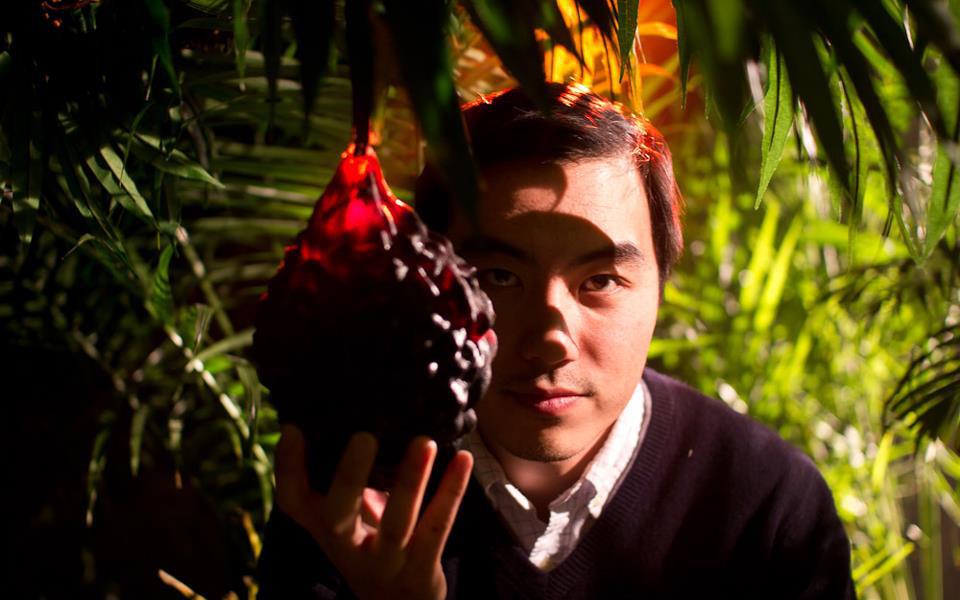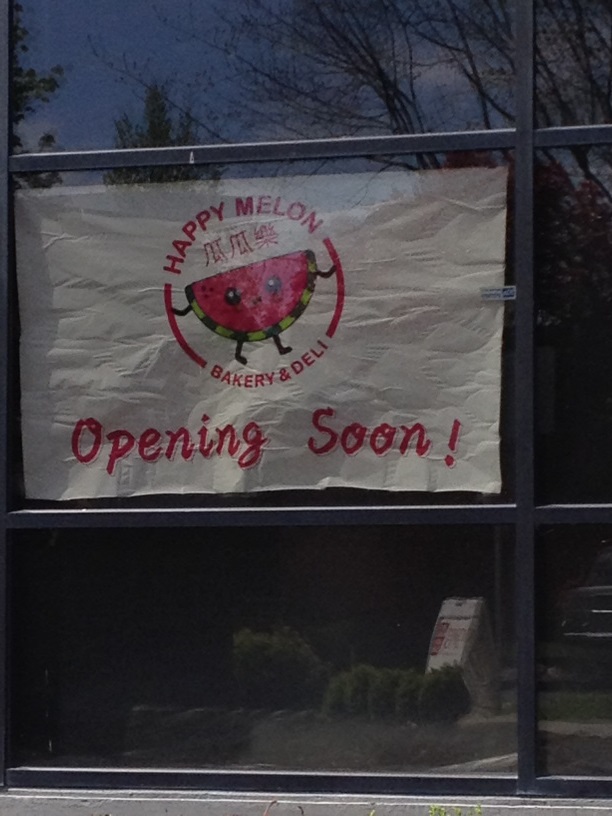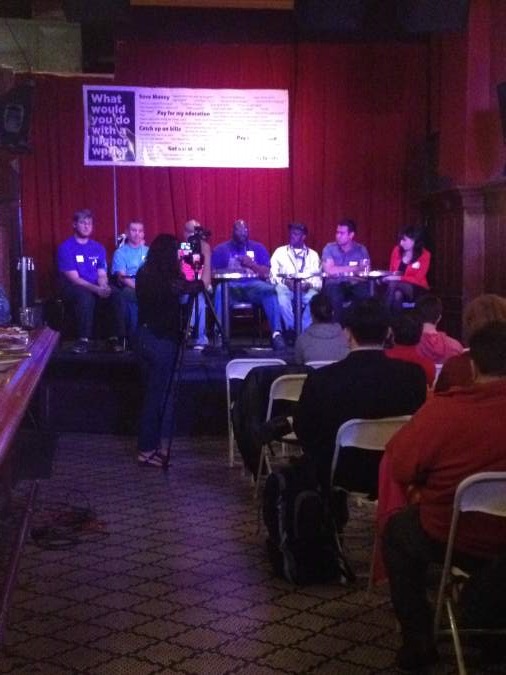In my first piece in Seattle Weekly, I quoted from the writings of 19th-century Yankee explorer Theodore Winthrop, who derided the way native Pacific Northwesterners cooked salmon by saying, “I would grill him delicately!”
That quote didn’t sit well with Northwest Native Cultural Center president Roger Fernandes, who worries that impressions of native cuisine haven’t changed much in 150 years. He frets that few non-Native eaters have had the opportunity to savor salmon cooked on a wood frame over an open fire to bring out its flavors, in accordance with Native traditions.
He aims to change that, however. Plans for the Northwest Native Cultural Center, which gained new momentum this month when Seattle Center indicated interest in supporting a proposed 15,000-square-foot development, call for Seattle’s first-ever Northwest Native cafe. Architects and fund-raisers have advised Northwest Native Cultural Center leaders that the project is likely to take “five to seven years to happen,” Fernandes says.
While many local restaurants use ingredients that figured prominently in indigenous Northwest cuisine, Fernandes says none of them explicitly acknowledge their connections to Native cultures. “We eat a lot of seafood here, but people don’t link it to Native diets,” Fernandes says. “We think you can learn about culture through food.”
The number of Native restaurants nationwide is minuscule, despite the current rage for regional cuisines and unique culinary experiences. Fernandes attributes the local scarcity in part to knotty issues surrounding treaty fishing and hunting rights, which hinder many of the most talented Native cooks. Historic treaties entitle tribal members access to certain fishing and hunting grounds and permit traditional food-gathering methods. But the treaties were designed for sustenance, so tribal members can’t sell their take. “We’re trying to figure out a way to get around that,” Fernandes says.
Fernandes envisions serving “salmon, deer, elk, and rabbit” at his cafe. He also hopes to put duck on the menu, since Seattle Center is located on a historic ducking site. “Ducks like estuaries, so Native people developed a culture around them,” Fernandes says. “But now, around the mouth of every river, there’s a big city, so we don’t have the access we once had.”
With few thriving Native restaurants from which to draw inspiration, Fernandes has chosen Washington, D.C.’s phenomenally successful Mitsitam Cafe at the National Museum of the American Indian as a model. Mitsitam Cafe features five seasonal food stations showcasing Native cuisines of the Western Hemisphere. At the Northwest Coast station, chef Richard Hetzler is now serving Quinault Nation–caught salmon with a juniper-maple glaze and bannock bread with Saskatoon berries.
“What we do with Native food is take these indigenous ingredients and put a spin on them,” Hetzler says. In that vein, he says he wouldn’t dare offer dishes that hadn’t been updated to reflect contemporary tastes: “You’re talking about dense, hard cornbread like hockey pucks you’d have to break in water. People today, their palates aren’t ready for it.”
For many museum visitors, Mitsitam Cafe offers their first chance to explore the diversity of Native cuisine. While fry bread surfaces there, so do chicken tamales, fiddlehead-fern salads and buffalo sandwiches.
“It’s a niche that people haven’t discovered yet,” Hetzler says. “When people do see it, they gravitate toward it.”







